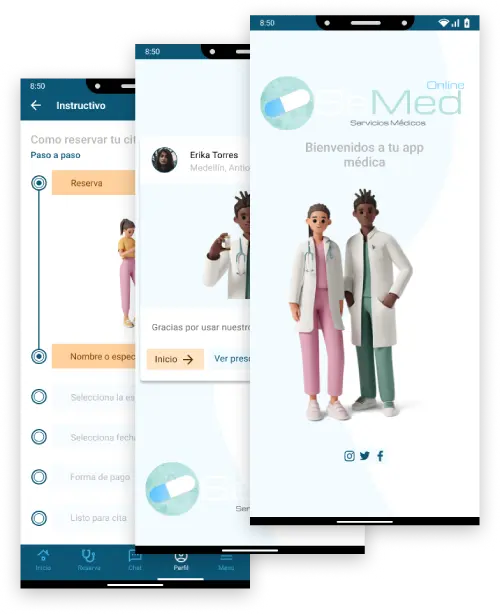
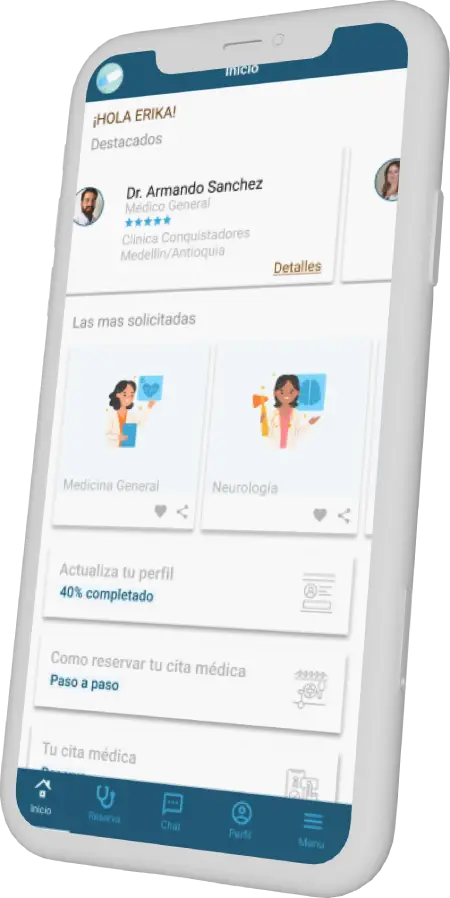
"Semed" Designed a user-friendly app to simplify scheduling and
managing medical appointments. Key UX/UI features include intuitive navigation,
clear appointment scheduling, and an integrated chat system for direct
communication with healthcare providers.
Context and Challenge
Context and Challenge
Project Context:
SeMed emerged in response to the increasing need to facilitate access to specialized medical consultations quickly and efficiently. In an environment where in-person visits can be inconvenient and stressful, there is a growing demand for medical services that are accessible from any location.
Challenge:
The primary challenge was to develop a platform that would allow users to schedule medical appointments quickly and personalized. This included minimizing wait times and simplifying the booking process, adapting to patients' specific needs, and ensuring the availability of specialists according to the required specialty.
Project Objective:
The main objective of SeMed was to create a mobile application that enables users to book virtual consultations with medical specialists efficiently and conveniently, thereby improving accessibility and the quality of healthcare.
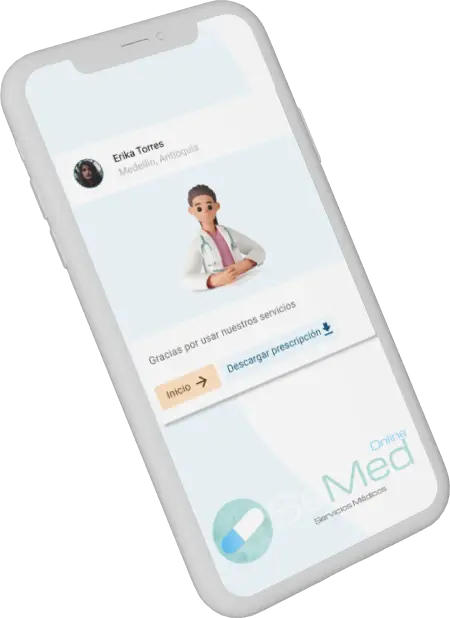
Research and Discovery
Research and Discovery
Benchmarking:
Conducted a benchmarking analysis comparing SeMed with three leading medical appointment apps to assess UX/UI design, feature set, and operational efficiency.
Proto-personas:
Developed proto-personas based on demographic and behavioral data to represent potential users.
Point of View (POV):
Established a clear POV to guide design decisions and prioritize features based on user needs and pain points.
Minimum Viable Product (MVP):
Defined the MVP features necessary to launch SeMed, focusing on core functionalities essential for initial user engagement and satisfaction.
User Personas:
Created detailed user personas capturing the goals, motivations, and behaviors of target users, ensuring the design aligns with their preferences and expectations.
Key Findings:
Identified strengths and weaknesses in competitor apps, informing design and feature enhancements for SeMed. Established actionable insights from proto-personas and user personas to tailor SeMed's user experience to meet diverse user needs effectively. Prioritized MVP features crucial for delivering value and usability in the initial product release. Aligned SeMed's design decisions with user-centric perspectives to enhance engagement and satisfaction.

Conceptualization and Design
Conceptualization and Design
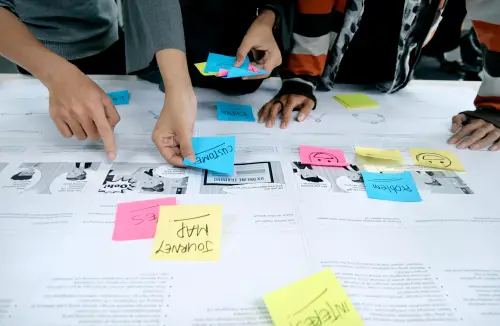
Project Context:
SeMed was developed for busy professionals who have limited time due to demanding work schedules, facilitating quick management of virtual medical consultations.
Primary Objective:
To create a digital platform that allows users to efficiently and conveniently schedule medical appointments, tailored to their schedules and specific needs.
Challenges Addressed:
Technical Challenges: Secure integration with healthcare systems and insurers.
Design Challenges: Designing an intuitive and accessible interface for fast navigation on mobile devices.
User Needs: Prioritizing speed and convenience in managing medical appointments.
Design Methodology:
An agile approach based on Design Thinking was applied to understand user needs, prototype rapid solutions, and iteratively validate the interface design.
Innovative Aspects:
SeMed stood out for personalizing the user experience, offering efficient medical consultations from any location, enhancing accessibility for busy professionals.
Wireframes:
Creation of low and mid-fidelity wireframes in Figma.
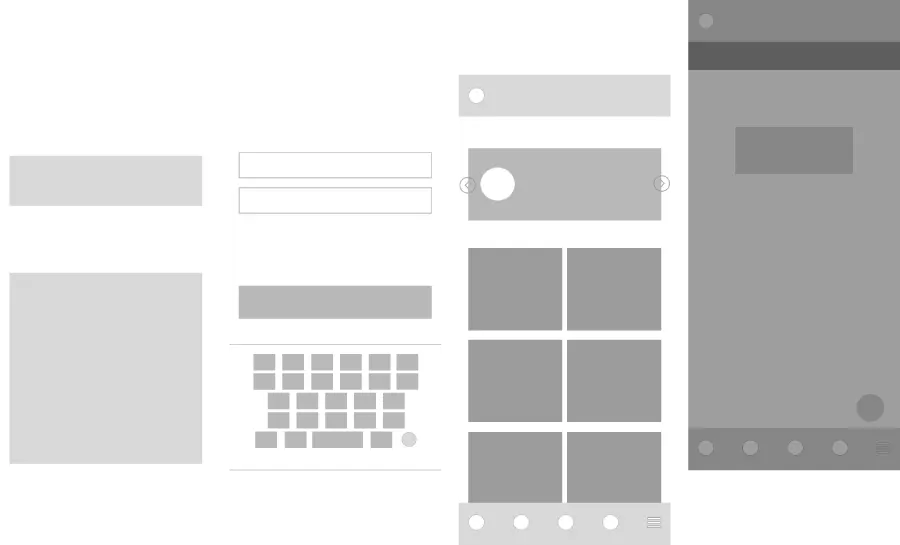
Prototypes:
Development of interactive prototypes in Figma for user testing.
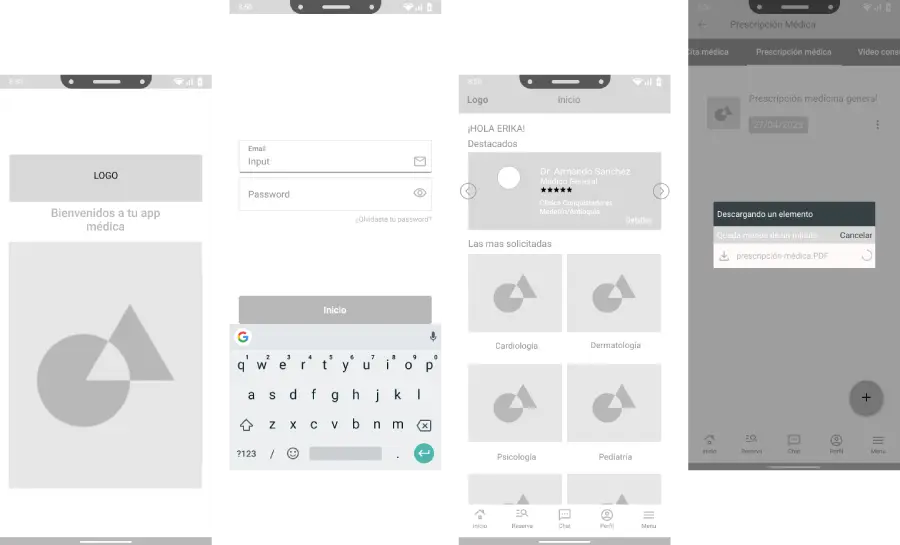
Implementation and Results
Implementation and Results
Implementation:
SeMed was developed and implemented by a multidisciplinary team using agile methodologies to iterate on the application's design and functionality.
Results:
Achievements: Successful MVP launch with key functionalities for scheduling virtual medical consultations.
Learnings: Identification of areas for improvement in healthcare system integration and user experience.
Feedback: Positive user reception for ease of use and convenience offered by SeMed.
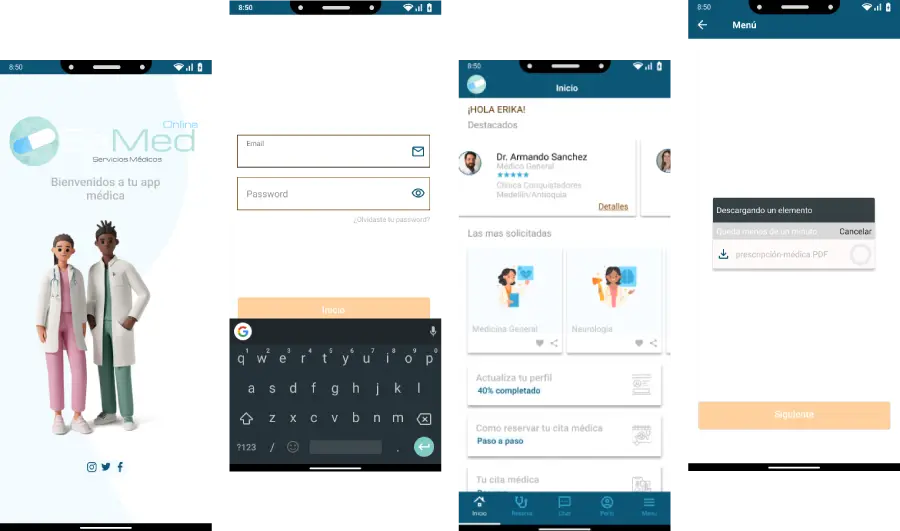
Technologies and Tools
Technologies and Tools
Design Tools:
Figma: Used for creating low and medium fidelity wireframes, prototyping, and refining user interface designs.
Whimsical: Utilized for mapping out user flows and task flows to visualize user interactions and application workflows.
Photoshop & Illustrator: Employed for detailed graphic design work, including creating illustrations, icons, and refining visual elements.
Canva: Produced UX, PT, and AI reports, incorporating illustrations to enhance visual communication of user experience concepts.
UX Research and Validation:
Optimal Workshop: Conducted dendrogram and card sorting exercises to validate information architecture and optimize usability.
Portfolio and Communication:
Behance: Served as a repository for showcasing project portfolios and design work to a broader audience.
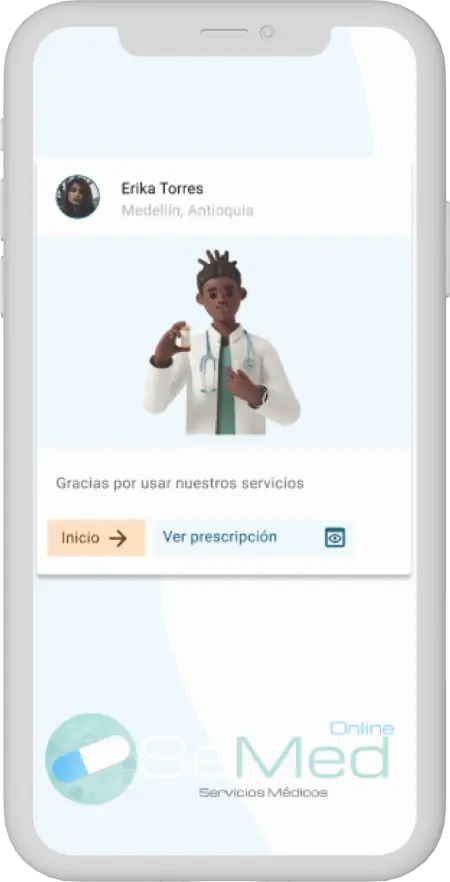
Achievements and Learnings
Achievements and Learnings
Achievements:
Timely MVP launch within budget and scope. Continuous improvement of user experience through iterative feedback-based iterations.
Learnings:
Importance of data security in digital healthcare platforms. Need for adaptability in design to meet evolving user expectations.
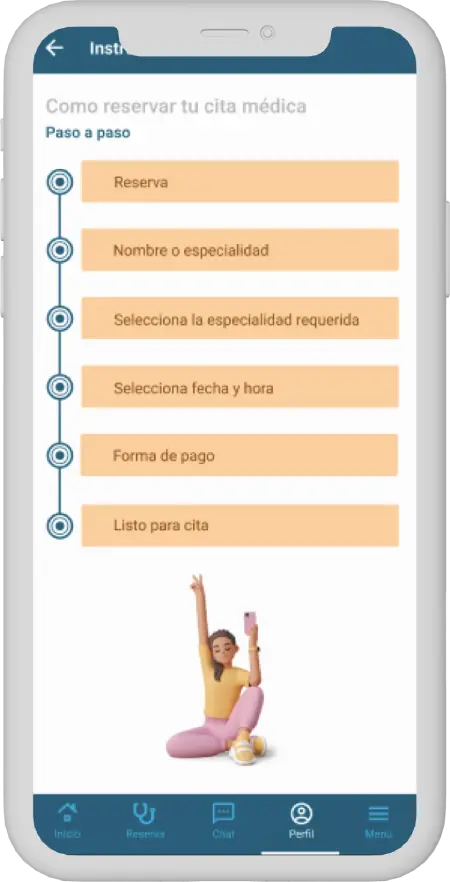
Impact and Benefits
Impact and Benefits
Impact:
Improved accessibility to healthcare for busy professionals. Significant reduction in wait times for medical appointment management.
Benefits:
Increased user satisfaction by enabling quick and efficient management of medical appointments. Optimization of resources in the healthcare system by facilitating virtual healthcare delivery.
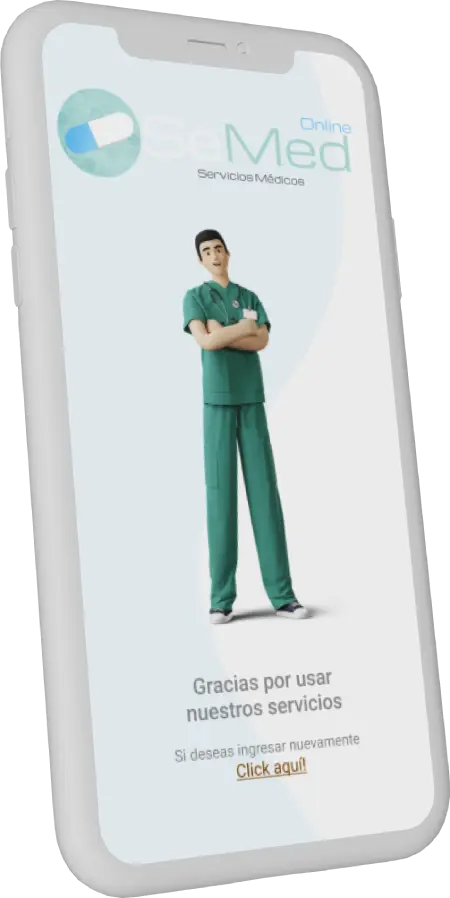
For more details and to explore the project.
SeMed is a revolutionary medical appointment app designed to streamline the booking process for patients and healthcare providers. It offers a seamless user experience, allowing users to schedule virtual consultations with various specialists based on their specific needs and availability.
BehanceI developed an innovative user interface using Figma, focused on enhancing usability and user experience
PrototypeExplore the comprehensive UX research report that delves into the user-centric design process behind Semed. Utilizing tools like Optimal Workshop and Figma, this report identifies user needs, pain points, and actionable insights to enhance the overall user experience.
UX report